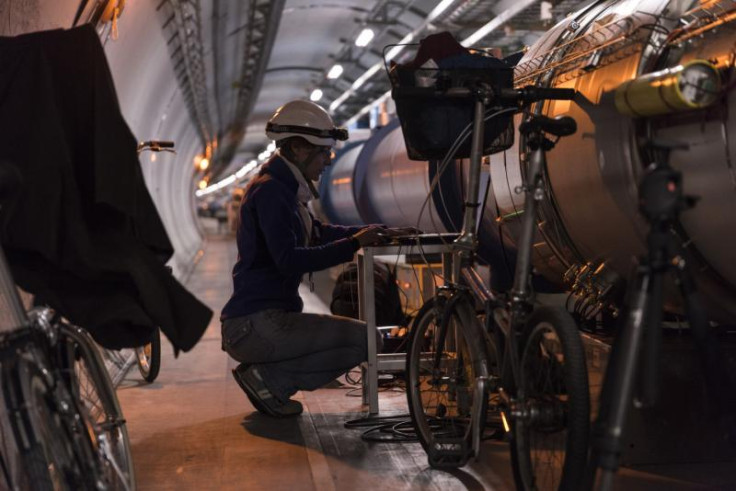Cern particle collider to start operations soon as engineers fix short-circuit

The large Hadron Collider at Cern will be back in action in a few days time, said engineers after they had resolved a problem that had delayed the relaunch of the particle smasher, probing the mysteries of the universe.
An intermittent short-circuit in a giant magnet had delayed operations after a two-year refit of the Large Hadron Collider at the research centre outside Geneva.
A metal fragment had got stuck between a magnet and its diode causing the short circuit.
These diodes are part of the protection system for the LHC's superconducting magnets.
The metal fragment was made to disintegrate by passing a high current of almost 400 amps into the diode circuit for just a few milliseconds.
Following a few tests on all the circuits in the faulty area, the collider would be ready to send proton particles in opposite directions right around the machine's 27km underground tubes.
The refitted collider is expected to produce collisions at twice the power of its earlier runs and create conditions similar to what followed the Big Bang 13.8 billion years ago. Those collisions will start only in May, said the Cern statement.
The fallout from the collisions is captured in the collider's giant detectors and is analysed by scientists at CERN and around the world for signs of new information about the cosmos and how it works at the elementary particle level.
It was in such earlier collisions that the Higgs boson or 'god's particle' was detected first in 2012.
Peter Higgs and Francois Englert won the Nobel Prize in Physics for that discovery.
The discovery verified the Standard Model theory of particle physics which predicted that particles gain mass by passing through the Higgs field which creates a drag.
One of the main motivations for the LHC was to search for this Higgs field.
Racing particles when colliding in such a field would perturb the field and create a Higgs particle, but these are highly unstable and disintegrate fast making detection difficult.
The Higgs particle represents a new form of matter with no spin.
Recently, scientists combined results from the Atlas and CMS experiments at the LHC to present a precise measure of the mass of the Higgs boson.
Two new sub-atomic particles have been detected recently by the particle accelerator at Cern, which also aims to pick up signals from dark matter that makes up 96% of the matter in the universe.
© Copyright IBTimes 2025. All rights reserved.





















